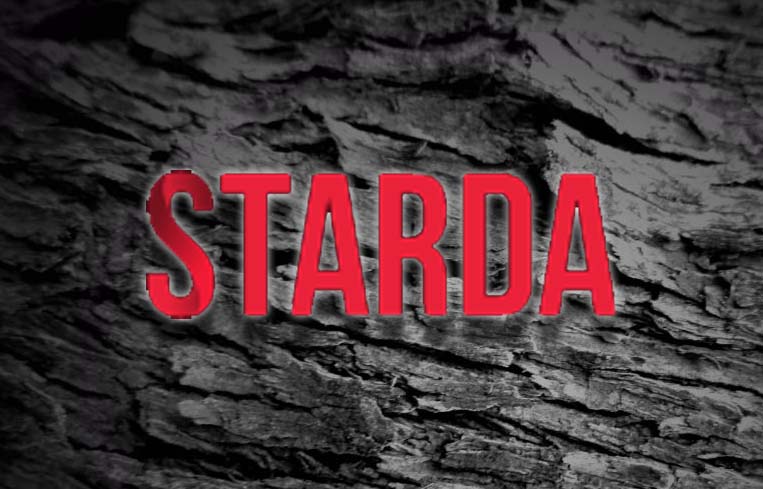Introduction
Hockey is a sport that has captured the hearts of millions around the world. Whether you’re a die-hard fan who never misses a game or someone who has never picked up a stick, there is something about hockey that appeals to everyone. In this comprehensive guide, we will explore the ins and outs of the game, from its rich history to the basics of gameplay. Whether you’re a seasoned pro or a complete novice, this guide will help you deepen your understanding and appreciation of this fast-paced and exciting sport.
A Brief History of Hockey
Hockey has a long and storied history that dates back hundreds of years. The game as we know it today originated in Canada in the 19th century, where it was played on frozen ponds and lakes. The first recorded indoor game of hockey was played in Montreal in 1875, and from there the sport quickly gained popularity across North America and eventually around the world.
The modern game of hockey is played on ice, with two teams of six players each competing to score goals by shooting a puck into the opposing team’s net. The sport has evolved over the years, with rule changes and advancements in equipment making the game faster and more exciting than ever before.
The Basics of Gameplay
At its core, hockey is a simple game: two teams compete to score more goals than the other. Each game is divided into three periods, each lasting 20 minutes, with a 15-minute intermission between periods. If the game is tied at the end of regulation, it will go into overtime, where the first team to score wins.
Players move the puck around the ice using a stick, trying to outmaneuver their opponents and create scoring opportunities. The goaltender, or goalie, is the last line of defense for each team, tasked with stopping the opposing team from scoring. The game is fast-paced and physical, with players constantly skating up and down the ice, making quick decisions and executing precise passes and shots.
Equipment
To play hockey, players need a few key pieces of equipment. The most important piece is the stick, which is used to control the puck and shoot it into the net. Sticks come in a variety of lengths and flexes, with different players preferring different styles. Players also wear skates, which allow them to move quickly and efficiently on the ice.
In addition to sticks and skates, players wear protective gear to keep them safe during the game. This includes helmets, shoulder pads, elbow pads, gloves, and shin guards. Goaltenders wear additional equipment, including a mask, chest protector, leg pads, and a catching glove.
Types of Hockey
There are several different types of hockey, each with its own set of rules and traditions. The most popular form of hockey is ice hockey, which is played on a rink with five skaters and a goaltender on each team. Field hockey is another popular variant, played on grass or turf with teams of 11 players each.
Other forms of hockey include roller hockey, which is played on inline skates, and street hockey, which is played on pavement or other hard surfaces. Each form of hockey has its own unique challenges and strategies, but all share the same fundamental principles of teamwork, skill, and sportsmanship.
Conclusion
Hockey is a sport that has something to offer everyone, from casual fans to dedicated players. Whether you’re watching a game at the rink or playing in a pickup game with friends, hockey is a sport that brings people together and creates lasting memories. By understanding the history, rules, and strategies of the game, you can deepen your appreciation and enjoyment of this fast-paced and thrilling sport. So grab your stick, lace up your skates, and hit the ice – hockey awaits!





Leave a Reply